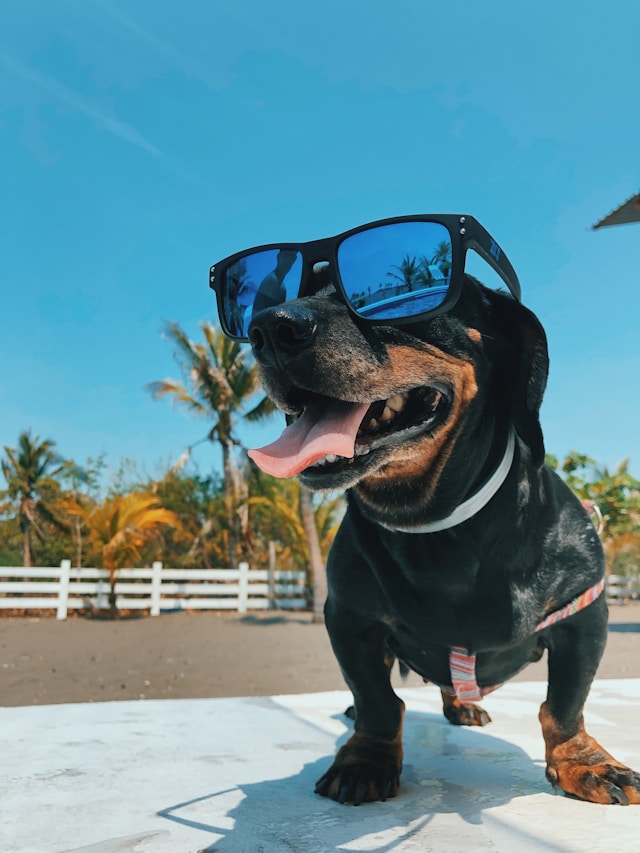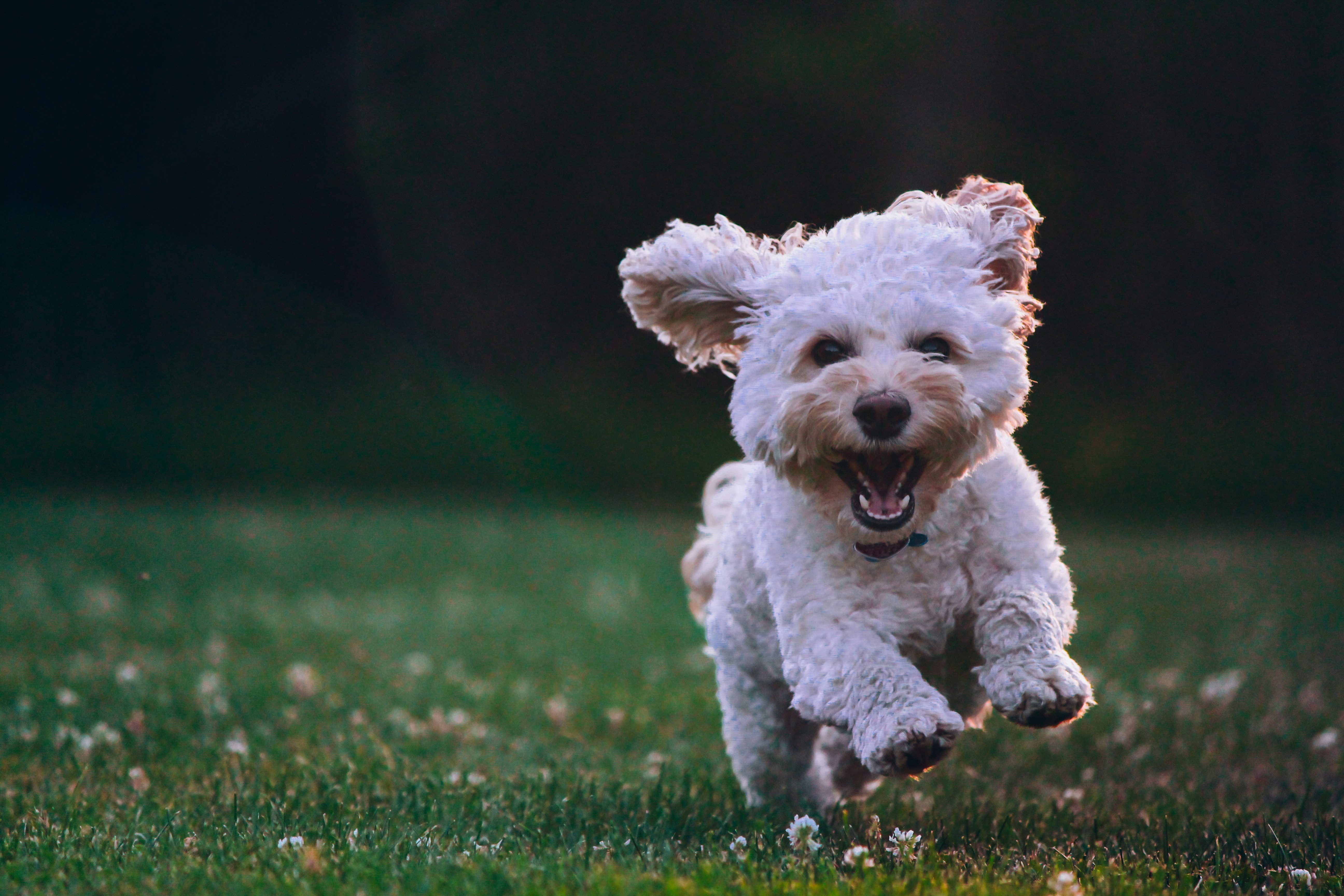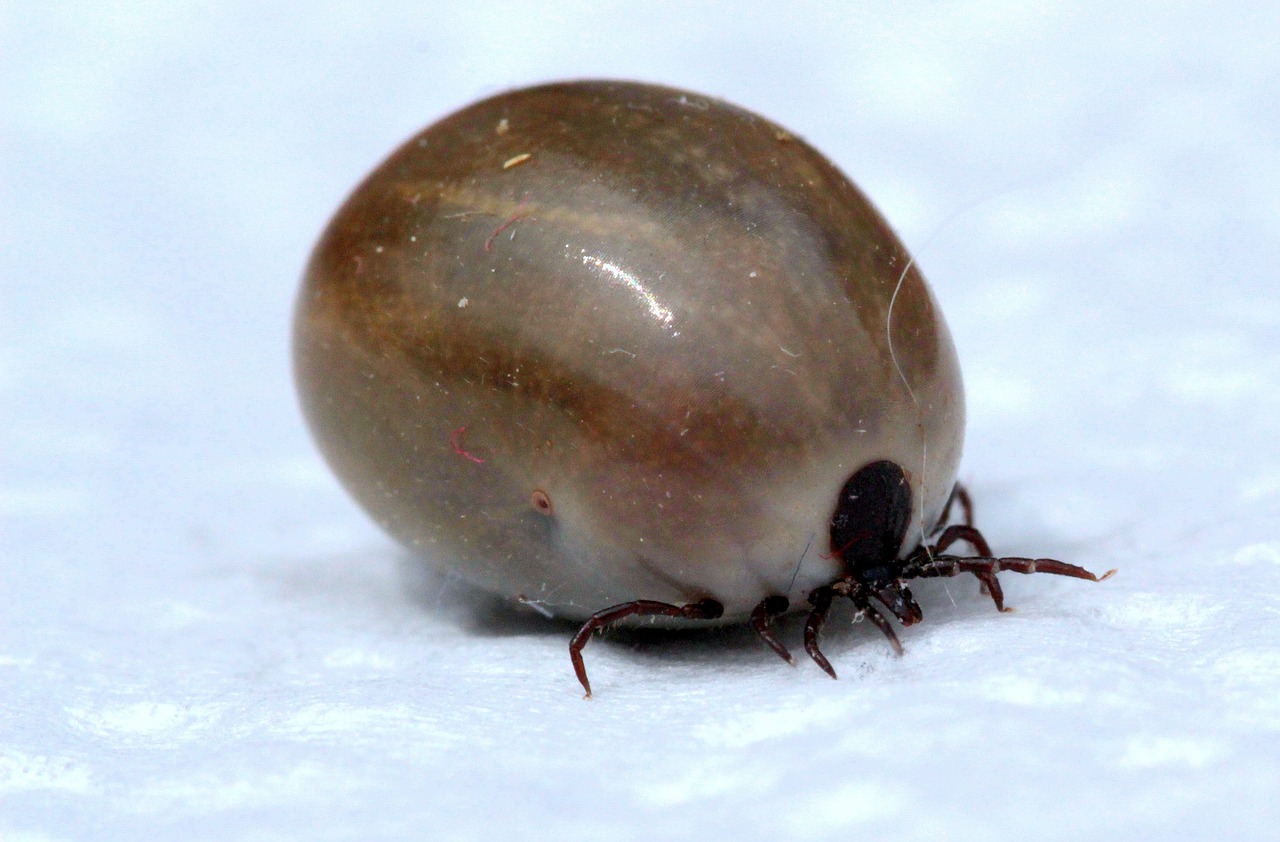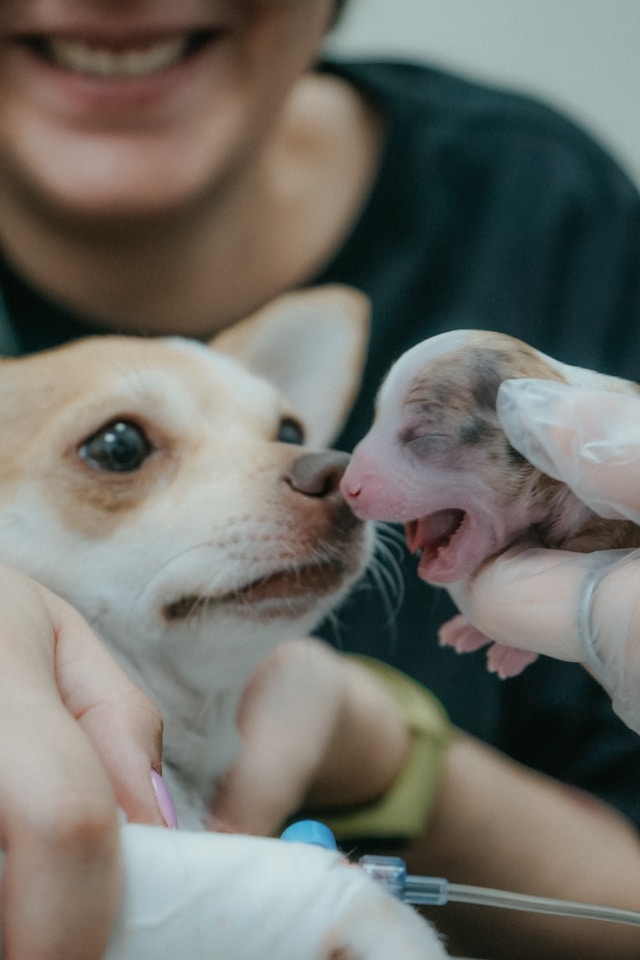Alaskan Malamute
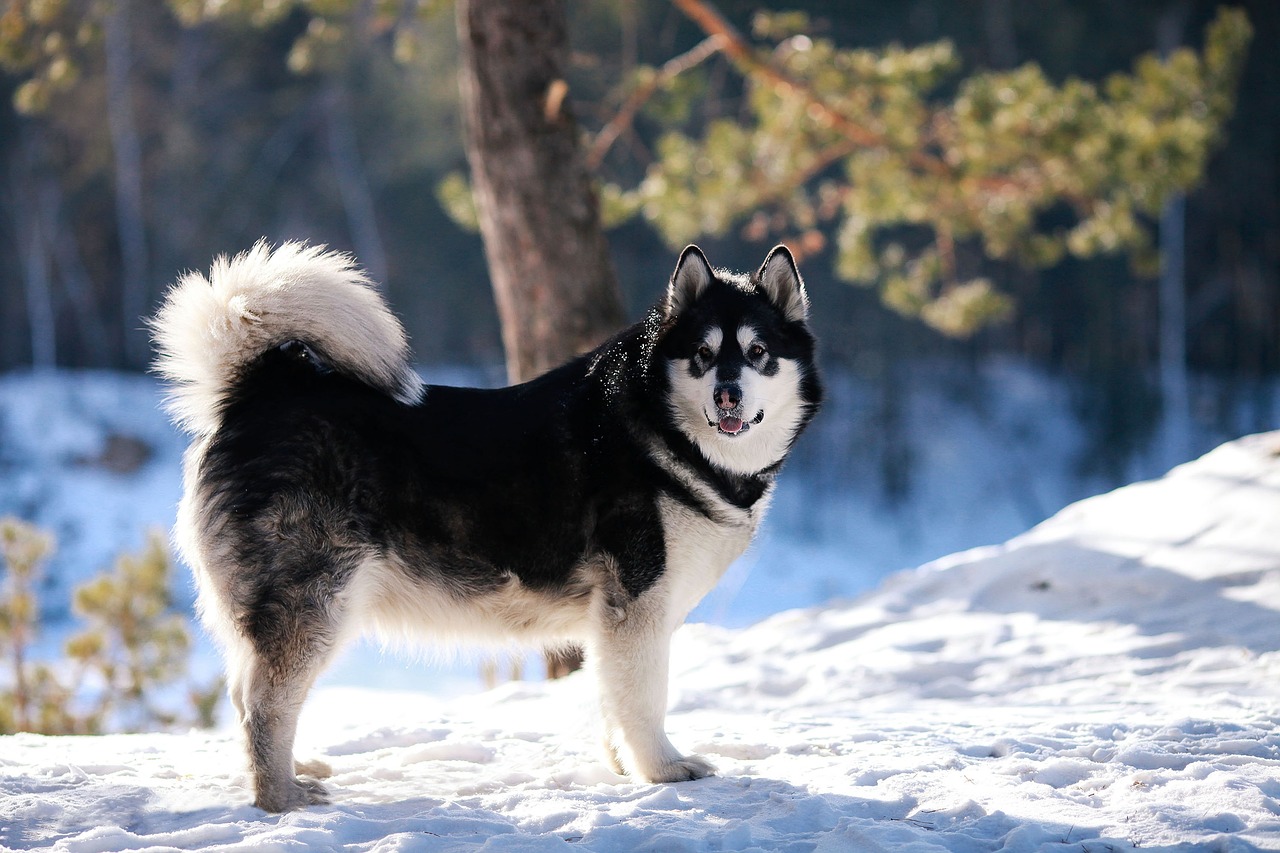
| OFFICIAL NAME | Alaskan Malamute |
| COMMON NAME | Alaskan Malamute |
| PET HEIGHT | 23 to 25 inches |
| PET WEIGHT | 75 to 85 pounds |
| LIFESPAN | 10 to 14 years |
| GOOD WITH | children, families |
| TEMPERAMENT | friendly, outgoing, playful, willful |
| INTELLIGENCE | high |
| SHEDDING AMOUNT | frequent |
| EXERCISE NEEDS | high |
| ENERGY LEVEL | active |
| VOCAL LEVEL | howler |
| DROOL AMOUNT | low |
| BREED GROUP | working |
| BREED SIZE | large (61-100 lbs.) |
| COAT LENGTH | long |
| COLORS | black, blue, brown/chocolate/liver, gray, red, white |
| PATTERNS | bicolor, sable |
| OTHER TRAITS | cold weather tolerant, easy to groom, good hiking companion, high potential for weight gain, high prey drive, strong loyalty tendencies, tendency to chew |
Even when they're having fun, they still have a strong work ethic! If you're considering adopting one, it's essential to comprehend their unique needs and personality.
These dogs are prepared for action in addition to being companions. The Alaskan Malamute is up for any task, whether hauling things through snowy terrain with a companion or scheming outdoor adventures with a furry friend full of energy. The qualities that make them Nordic marvels are their talkativeness, patience, and intense affection.
They'll happily help around your house with their strength and agility. Your kids will love the thrilling sled rides and itching to accompany you on your outdoor explorations. You can expect an obedient companion who is constantly up for an adventure when you have an Alaskan Malamute by your side.
Alaskan Malamute Appearance
The stunningly impressive Alaskan Malamute can be recognized by its curled, feathered tails over its backs. It has a medium-sized muzzle bright brown eyes the shape of almonds, and an alert and happy expression. Its pointed ears stand straight or lean back when moving, and they relax to the sides of its large head when at rest.
Their muscular, athletic bodies have two coats of fur covering them. The outer coat is short, coarse, and sometimes woolly, while the undercoat is dense and soft. In freezing temperatures, this combination offers superior insulation for extended sled runs.
From their chests to the tips of their tails, mals usually have a white underside. The colors of their topcoat vary and can include black, blue, brown, gray, red, sable, seal, and silver. Rare but beautiful examples of the breed are Alaskan Malamutes, which are entirely white.
Malamutes weigh between 75 and 85 pounds and are roughly two feet tall at the shoulder, making them large enough to pull sleds, wagons, or children on toboggans. They have a thick neck scruff, a slightly sloping back, and powerful yet elegant legs.
Alaskan Malamute Personality
The energetic Alaskan Malamute requires attention and activities to stay healthy, content, and out of trouble. Despite its reputation for being independent, it is still a faithful and loving pet. The Malamute usually prefers to be alone, even in a home with other pets. It is not a frequent barker, but because of its alertness, it is an excellent watchdog; however, because of its amiable disposition, it is more of a companion than a guard dog.
These lively, intelligent, and loving canines are loyal companions who adore their pack. Originally designed to haul heavy loads over long distances, they are renowned for their exceptional endurance. Malamutes prefer to spend little time alone or lounge around.
They use various sounds, such as singing, chirping, whining, grunting, and more, to express themselves or signal their needs besides barking. Since they view everyone as a potential friend, their friendly disposition makes them unfit for guard duty even though they make excellent playmates for kids. Instead, direct their physical ability into focused activities that use their bodies and sharp minds.
Alaskan Malamute Living Needs
High-energy dogs like Alaskan Malamutes are usually not good apartment dwellers, especially if they need more time outside. Given their background in pulling sleds in the Arctic, regular exercise is a must to maintain their well-being. They should exercise for at least an hour every day. It's imperative to keep them on a leash at all times during walks or runs because they might not get along with smaller animals.
Having a big yard is advantageous, but you'll need to keep a close eye on them because they like to dig and explore. They require lots of attention and activities to keep them occupied and out of trouble. To keep meals interesting, choose dry dog food varieties with meat as the main ingredient and experiment with different flavours like lamb, chicken, or salmon. You can add fresh fruits and vegetables to their diet for extra nutrition.
Alaskan Malamute Care
Regular grooming with a fine-toothed comb and a bristle or slicker brush is very effective. This regimen distributes natural oils, removes mats and debris, and controls shedding to maintain the health and sheen of your Alaskan Malamute coat. They should not be shaved because their double coat provides essential insulation from the cold and the heat.
Because of their fluffy fur, preventing shedding requires having a strong vacuum and lint brushes in every room. It's interesting that some even turn their discarded fur into yarn! Malamutes are generally clean dogs; unless they enjoy digging, they usually only require baths a few times a year. They typically don't smell solid and groom themselves after meals.
Besides regular grooming, you should check your pet's paws for foreign objects, keep its teeth clean at home, and trim its nails and paw pad fur as necessary. These easy steps help maintain your Malamute's comfort and well-being.
Alaskan Malamute Health
Alaskan Malamutes can live up to 14 years on average, making them strong, energetic companions. However, they have specific health problems in common with many of her breeds. One significant issue is hip dysplasia, a genetic condition affecting the hip joints. Therefore, it is crucial to ensure that a puppy's parents have undergone screening for this illness.
Malamutes are naturally tolerant of frigid temperatures and thrive in cold climates. Still, they would much rather be indoors with air conditioning in warm weather. When exercising them in the summer, it's best to avoid the midday heat and offer them cooling options (like wading pools, sprinklers, or frozen toys and treats) to help them stay comfortable afterward.
By taking these safety measures, you can ensure your Malamute lives long and happy.
Alaskan Malamute Exercise Requirements
The energetic Alaskan Malamute needs exercise and physical activity to lead a happy and healthy life. They came from the Arctic as sled dogs, so they are inherently used to being active and involved.
You must give them an hour or more of exercise each day. Use a leash when walking or running with your Malamute, as they might not get along with smaller dogs or animals. A large yard is advantageous, but supervision is essential since they like to dig and explore.
They need a lot of care and activities to keep this active breed mentally and physically stimulated, which helps keep them out of trouble and enhances their general well-being.
Alaskan Malamute Training
The Alaskan Malamute is a brilliant breed renowned for its dependability, cunning, and boundless energy. These traits are brought to their training because they were bred for labor and hauling.
Training provides a necessary release for their energy. Enrolling them in obedience classes, where they frequently flourish, can help them reach their full potential. To keep them interested, make training sessions fun and involve the entire family.
Considering their activity, it's critical to set limits and instil good behaviour in them from a young age. Use rewards and positive reinforcement instead of harsh methods to achieve desired results.
Because of their independent nature, housetraining Alaskan Malamutes can be difficult. Patience and perseverance are needed to effectively assist them in mastering this habit. Success in housetraining this breed will depend largely on consistency and positive reinforcement.
Alaskan Malamute History
The ancient Alaskan Malamute originated in Alaska, where it was initially found residing with Inuit tribes. The Inuit people, who relied on this breed for daily survival, held them in high regard for their vital role in hunting large game and pulling heavy sleds.
Because of the scarcity of food in the Alaskan villages where they were first domesticated, malamutes did not experience overcrowding as other Arctic dogs did. Few were sold to outsiders because they were valued as sled dogs essential to Eskimo family life.
But everything changed during the 1896 Gold Rush when miners paid up to $500 for a single Alaskan Malamute, more than $15,000 in today's currency, in their desperation to survive the untamed wilderness!
Hundreds of these robust dogs were sent to France during World War I to assist in delivering supplies to isolated Army outposts in the mountains. Once more, they demonstrated their invaluable nature during World War II by acting as expert mine hunters and search-and-rescue dogs.
Alaskan Malamute Fun Facts
Alaskan Malamutes were among eight dog breeds recognized by the United States in 1984. The Postal Service issued stamps commemorating the AKC's 100th birthday. Over the years, these magnificent dogs have also appeared on postage stamps from many other nations.
Alaskan schoolchildren successfully lobbied to designate the Malamute as the official state dog in 2010.
When George Lucas created the iconic character of Indiana Jones' childhood pet, he took inspiration from his own Malamute, Indiana. Furthermore, Lucas' love of Malamutes impacted the popular Wookiee character Chewbacca from Star Wars.
Get insurance plans with wide-ranging coverage options








